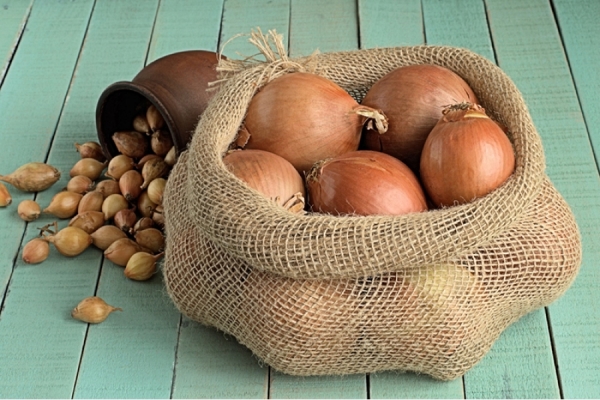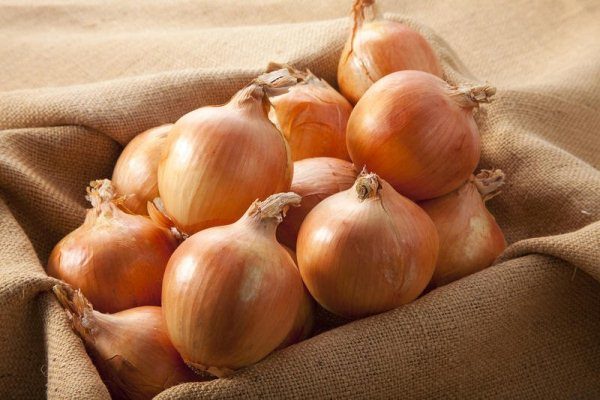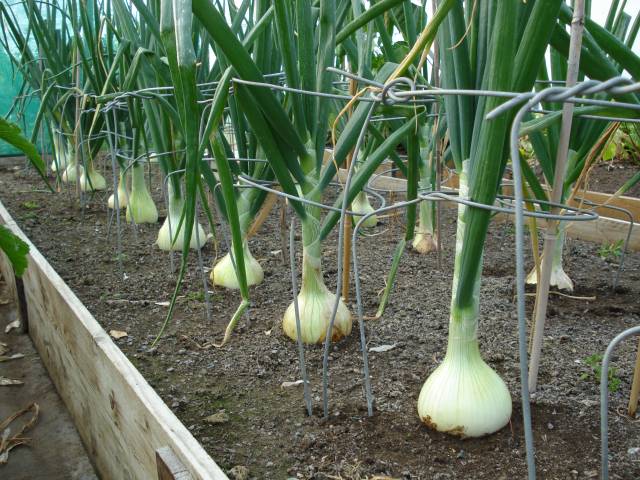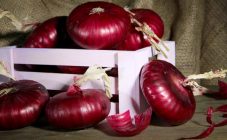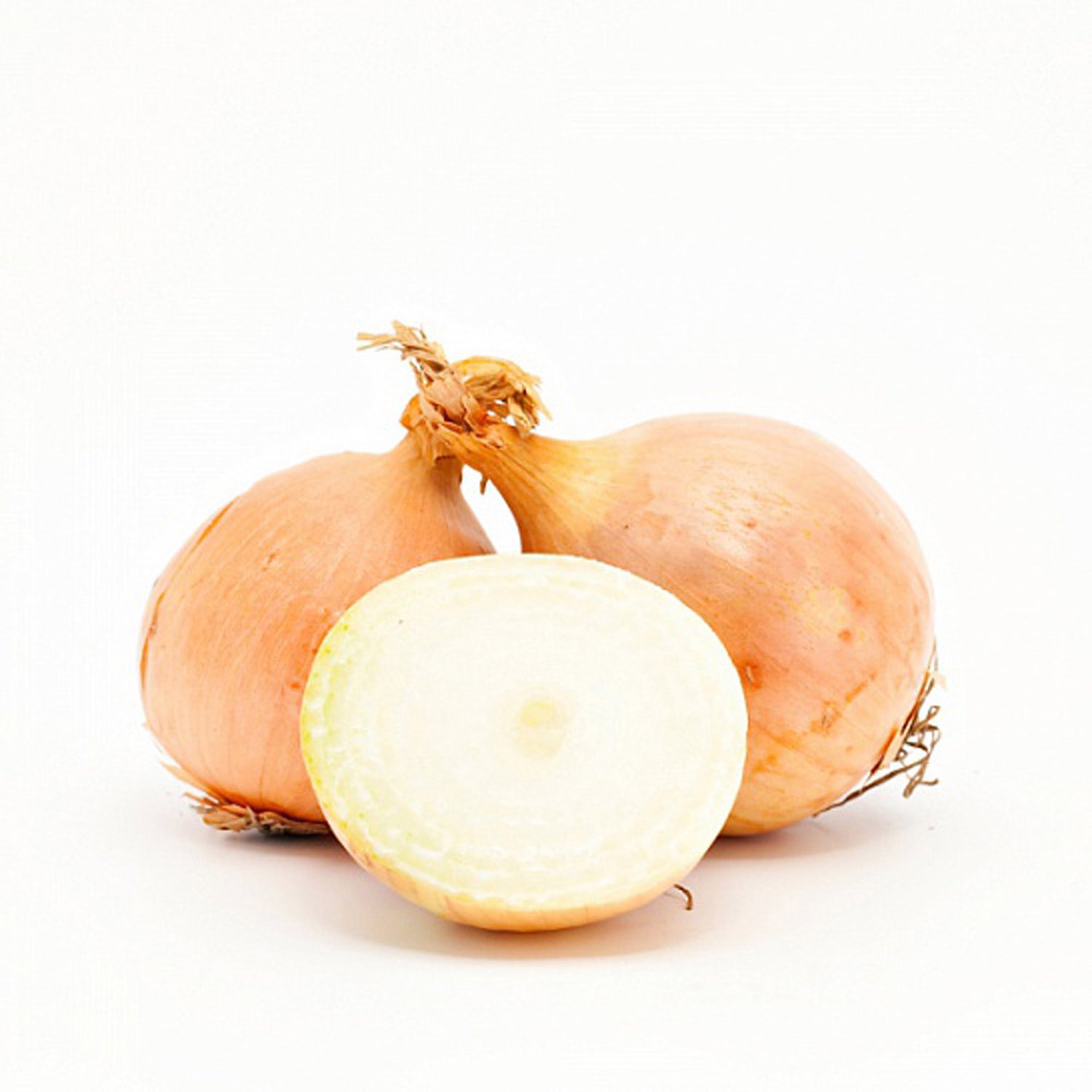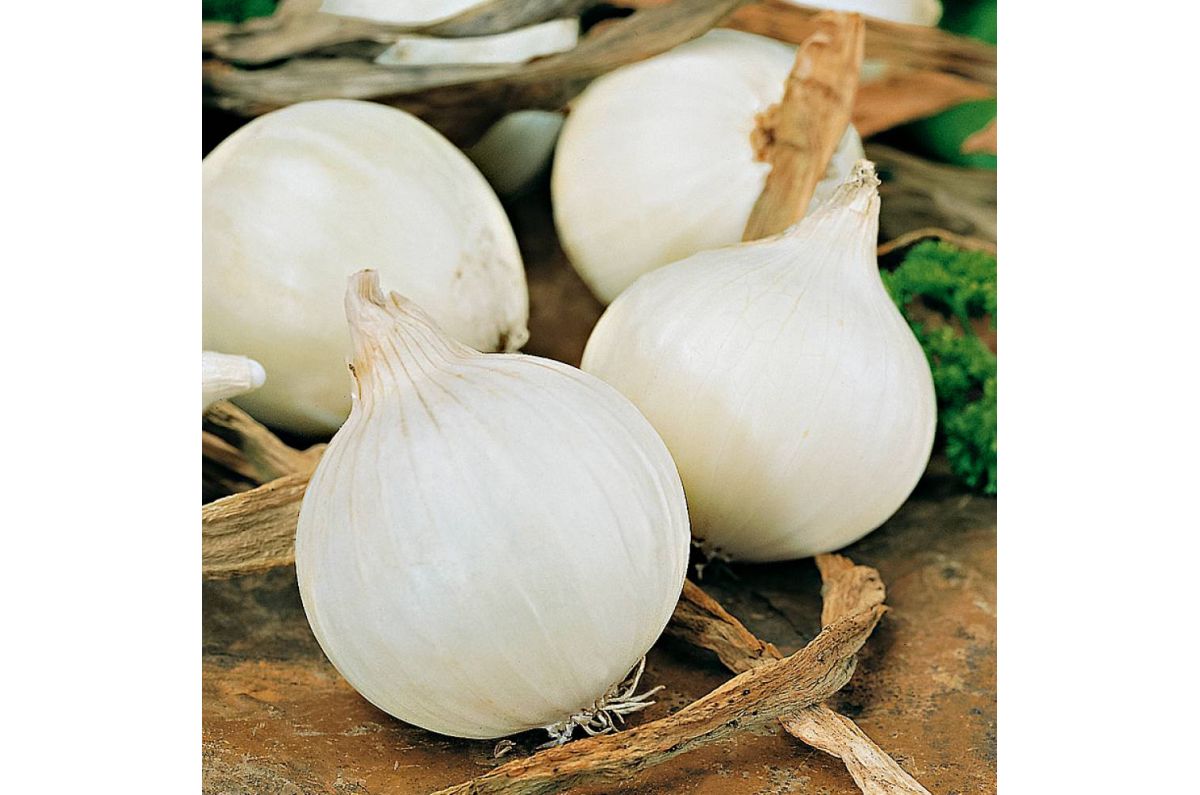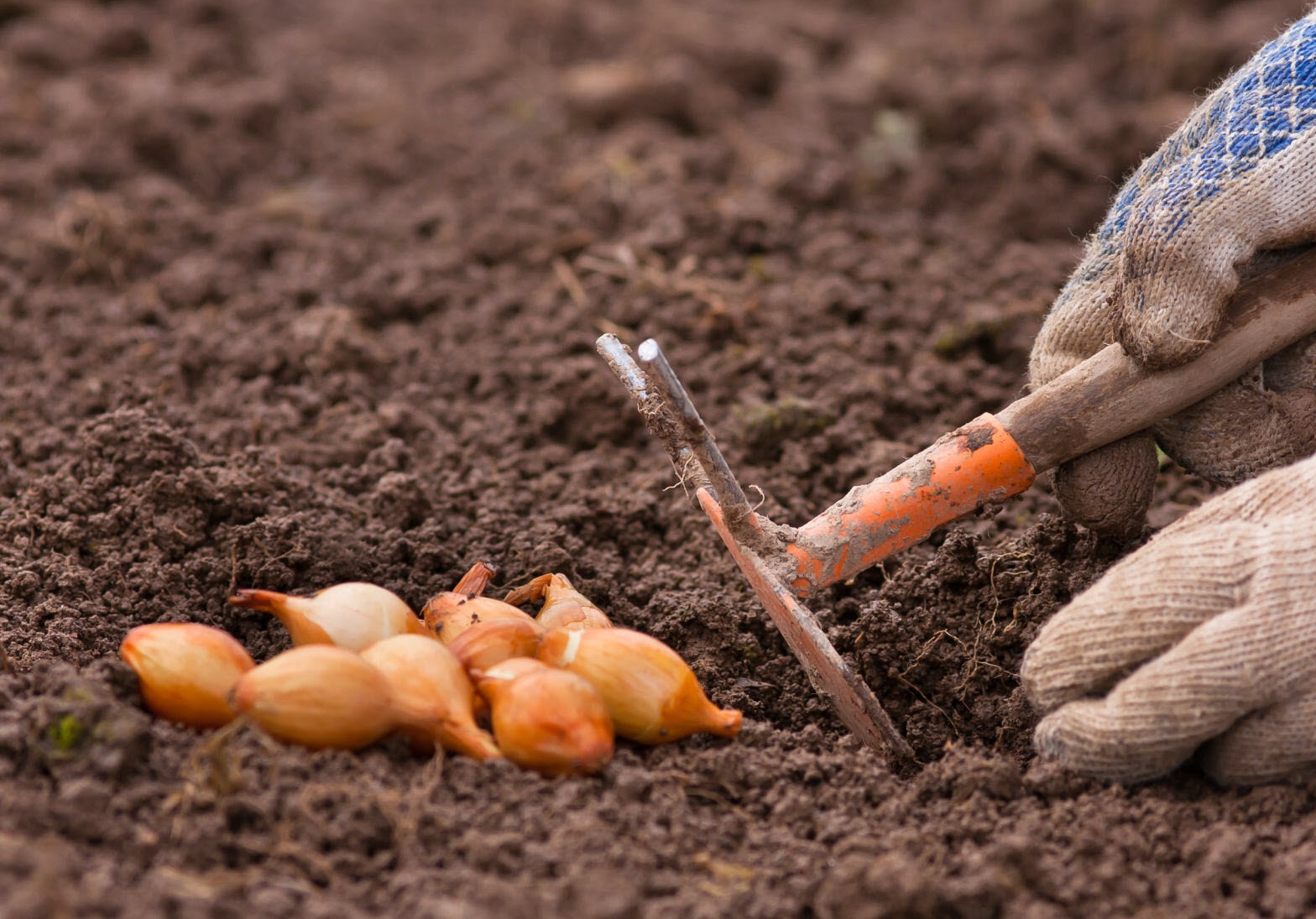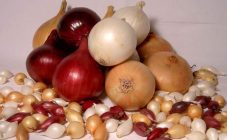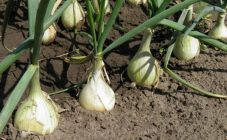There are many different varieties of onions, the choice of which, as a rule, is determined by the task that the gardener who grows it sets for himself. If the purpose of planting it is to obtain juicy and tasty greens, then a very specific onion variety is chosen. And if a gardener needs to harvest a good harvest of bulbous turnips, a completely different type of it is chosen, Shetan's onion, for example.
This type of bulbous plants (namely, the Brown onion variety) should be attributed to the most popular garden products on the domestic market. This preference is explained not only by its high fertility, but also by the pleasant taste of ripe and juicy-looking bulbs.
Description of the variety
The Shetan onion variety considered here is usually referred to as mid-early plants. If grown from seed, the growing season is usually no more than 90-100 days.
In the case when ready-made Shetan onion sets are used for this, the indicated time is reduced to 70-80 days. The Shetan onion variety was bred by breeders from the Czech Republic, and after a while it spread as a new species all over the world. This type of bulbous plant is ideal for those who prefer to grow it in open beds (i.e. directly in the ground).
The Shetan onion variety, the description of which is presented in this section, was included in the State List of Garden Crops (register) relatively recently. Experts recommend planting this variety only with sowing and only to obtain high-quality and tasty bulbs that grow well on the soils of the central and southern regions of the country.
If an excess of acidity is found in them, the land in the planting plots is pre-neutralized with lime.
The so-called varietal Shetan onions are found on the market under several names, which are selected based on who it is more convenient to pronounce them (Shantane, Brown or otherwise).
Regardless of this, the Shetan onion varieties whose characteristics have already been considered earlier have equally attractive properties, which are easiest to verify in practice. To do this, you will need to familiarize yourself with the peculiarities of growing this crop, as well as with the procedure for caring for it.
Disadvantages and advantages
When considering the characteristic features of the Shetan onion, it should be noted that its bulb is of average size, and the mass of each such turnip rarely exceeds 90 grams.
We add to this that the variety of onion sets Shetana ms (modified) is usually referred to as not very sharp-tasting fruits, characterized by a yellow-straw color of scales, as well as juicy and white pulp. Another distinguishing feature of this culture is the average thickness of the neck of the fetus, usually containing three rudimentary lobules inside.
In the event that all the requirements of the instructions were followed during planting, and proper care was organized when growing this variety, up to 5 kg of fresh and juicy bulbous fruits can be removed from a unit area. If it is necessary to save the harvest, there are no difficulties, since this variety can be stored for a long time in well-ventilated rooms.
Compliance with these conditions allows you to save the finished product without the threat of its germination for almost the entire winter, until the arrival of a new planting season. Due to this, the safety of the Shantane onion harvest, the variety description of which was given earlier, can reach 95 percent.
The properties of this variety described above can simultaneously be considered as its advantages, which in the final form are formulated as follows:
- This variety is distinguished by the neat and attractive shape of ripe bulbs;
- In addition, it is distinguished by a fairly rapid ripening;
- Shetana MC onions have stable yields;
- Its most attractive feature is the possibility of long-term storage of the crop.
Regarding the disadvantages of shetana onions, it should be said that there are practically none, except for the poor tolerance of downy mildew. When considering the use of this product, it should be noted that fresh Shetan bulbs can be used not only in salads, but also added to a wide variety of dishes (including fish and meat). In addition, they can be canned, pickled, dried and baked.
Growing features
Before planting Shetan onions, it is advisable to familiarize yourself with the features of its cultivation, which boil down to the following points:
- The soil for this variety is selected with great care (preference is given to lands on which nightshade or legumes previously grew);
- It is undesirable to plant it in the beds where garlic, cucumbers or asparagus were previously grown;
- To accelerate the growth and successful development of the bulbs next to them, it is recommended to breed carrots or peppers;
- This variety is considered versatile because it can be planted both in winter and spring.
We add that before its reproduction, planting material should be very carefully selected. For planting on sevok, medium-sized bulbs are selected that are fairly even and do not have obvious signs of decay or any damage.
Previously, the bulbs are placed for about a day near the battery or on the stove, where they can warm up slightly. When planted with seeds, they are first briefly soaked in warm water, after which they are thoroughly dried.
Direct sowing of bulbous material in the ground is usually scheduled for the end of April or the beginning of May. When planting between rows, it is necessary to maintain distances of the order of 10-15 cm.
Care during growth
For the successful cultivation of this culture, the beds should be well moistened (watered) at least once every seven days immediately after planting and before the month of July. After this period, watering must be completely stopped. Once the bulb is firmly rooted, you can regularly loosen the row spacings to remove any new weeds.
For nutritious feeding of the culture, it is recommended to use organic matter, which is introduced into the soil during the digging of the beds during planting. All the time before the arrival of July, the plants are fed with mineral (nitrogen and phosphorus) fertilizers at least three times.
In conclusion, we note that the finished onion crop is first dug up and then thoroughly dried in the fresh air. After the onions are completely dry in the sun, they are stored in a dry and well-ventilated place.
